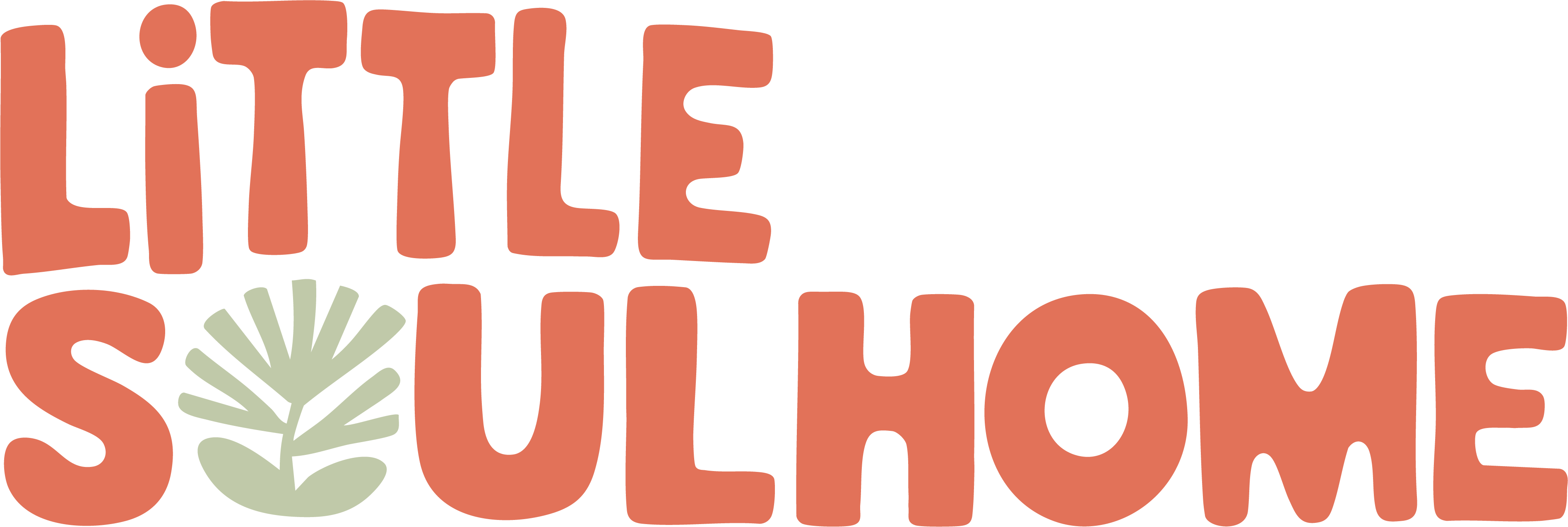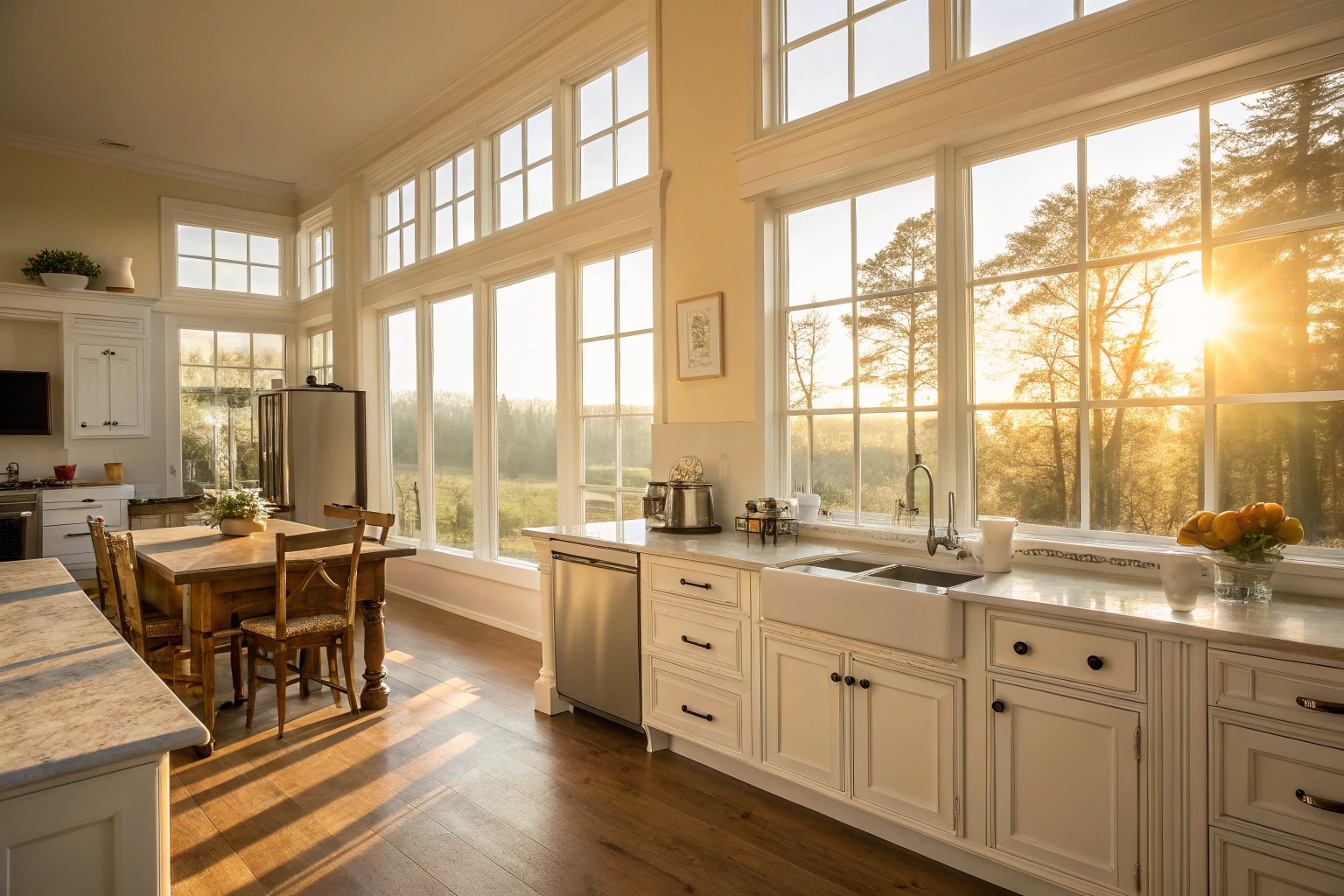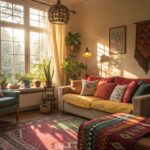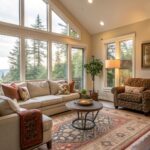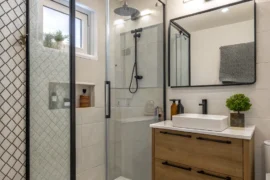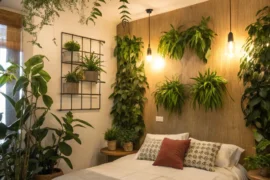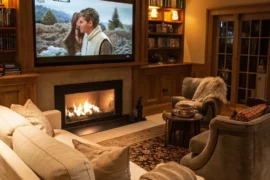In my years of designing homes across America, I’ve witnessed a quiet revolution taking place. More clients are asking for spaces that energize rather than simply comfort. The Sunrise Home concept isn’t just about catching early rays—it’s about creating an environment that enhances your most productive hours and aligns with your body’s natural rhythms. This guide explores how to design spaces that harness morning energy through intentional architecture, interior choices, and landscape design.
Understanding the Science of Morning-Focused Design
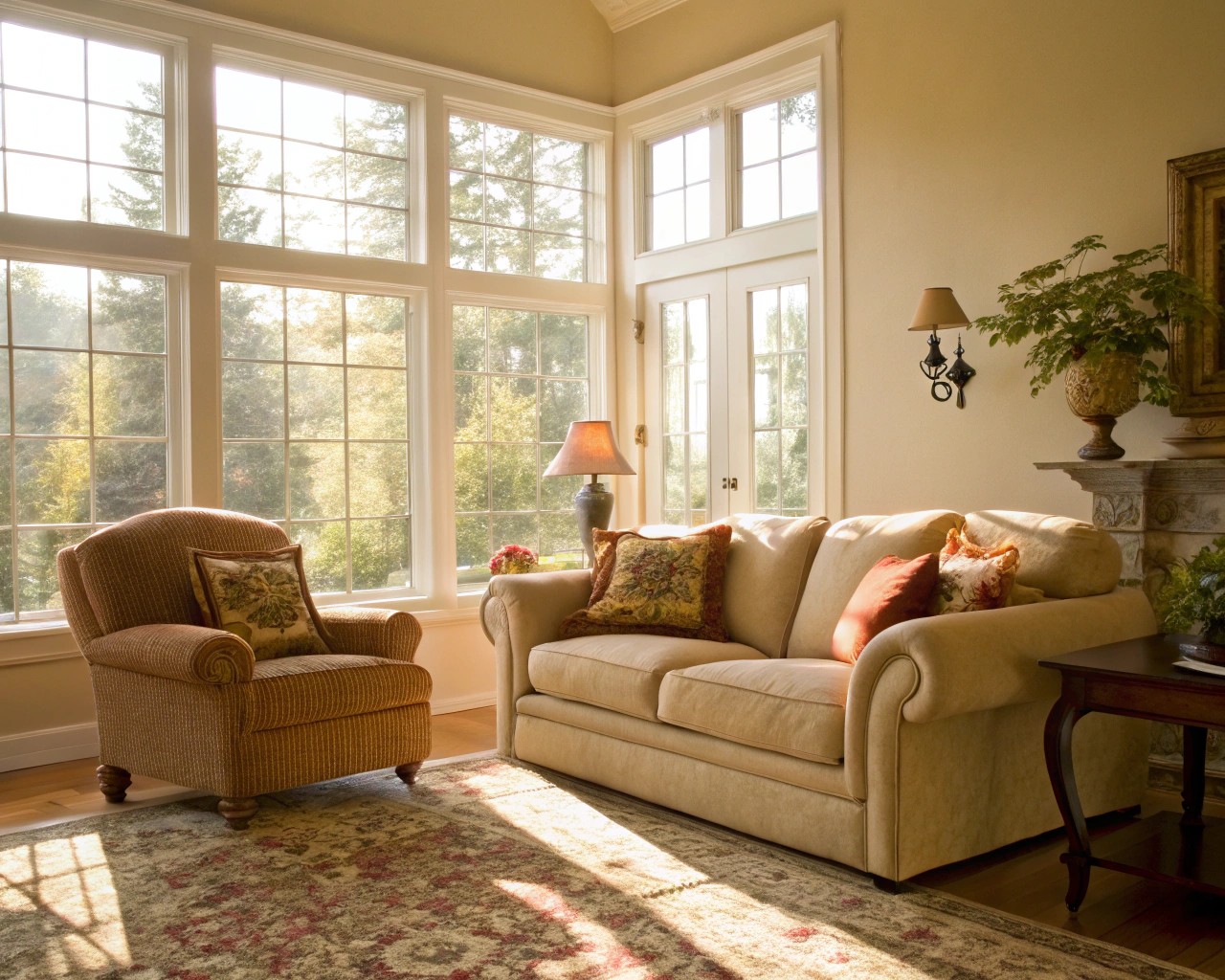
Most homes are traditionally designed with evening relaxation in mind—cozy living rooms, subdued lighting, calming colors. Yet research underscores the benefit of morning light for our circadian rhythms. Color consultant Daniela Araya notes that exposure to sunlight upon waking helps set this internal clock, improving both mood and energy. The Sunrise Home flips the conventional approach, prioritizing spaces that energize and inspire during those vital morning hours.
The Morning Energy Effect
| Morning Design Element | Physiological Benefit | Psychological Benefit |
|---|---|---|
| East-facing windows | Triggers cortisol production | Creates natural wake-up signal |
| Bright, warm colors | Increases alertness | Enhances mood and motivation |
| Natural materials | Improves air quality | Connects to nature and grounding |
| Strategic layout | Encourages movement | Reduces decision fatigue |
| Outdoor connection | Helps set circadian rhythm | Provides sense of expansion |
Orientation: The Foundation of a Sunrise Home
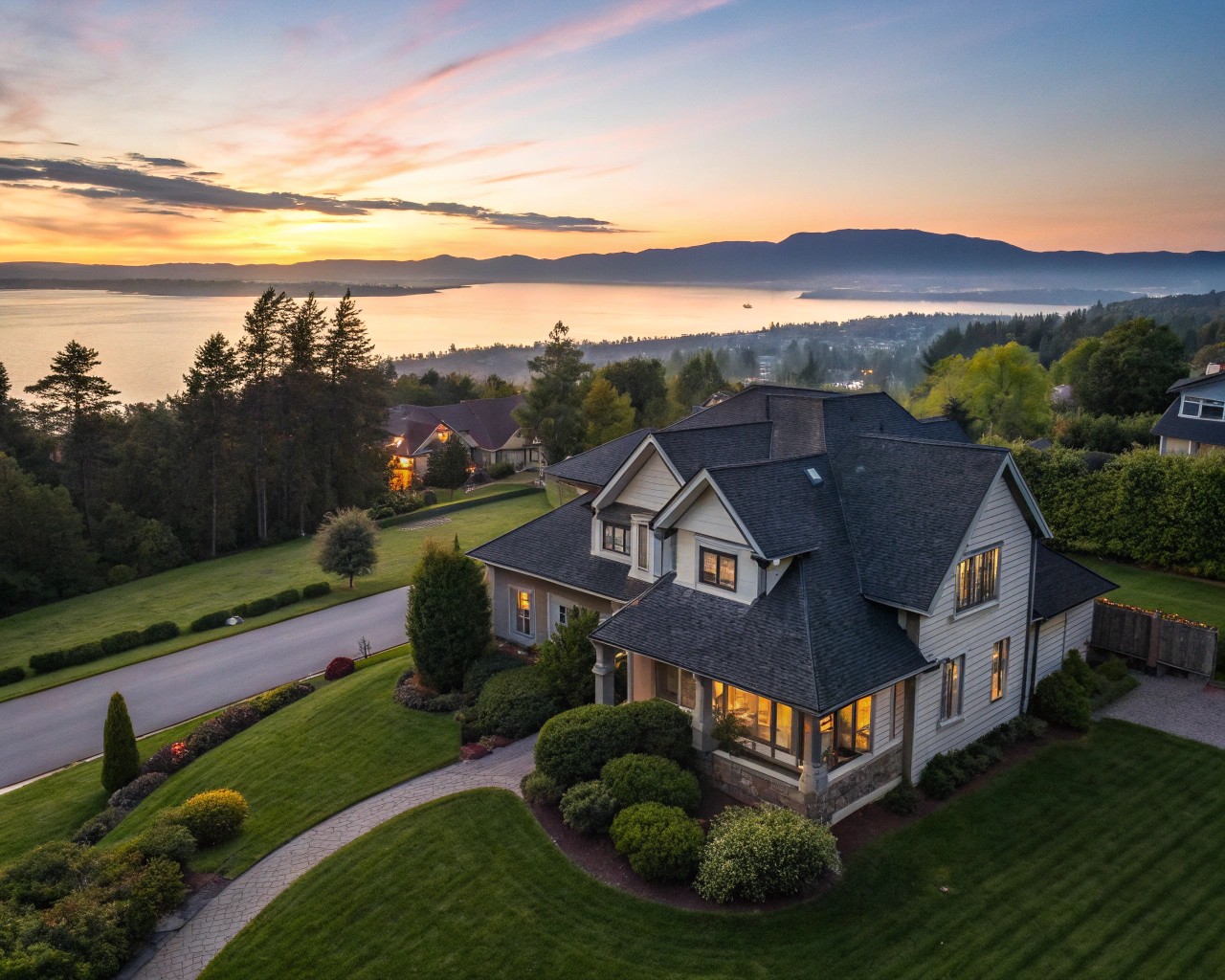
The position of your home in relation to the path of the sun fundamentally determines its energy flow. When I’m consulting on new builds, the first question I ask is: “Do you want to wake up with the sun or wind down with it?”
For morning-focused homes, key orientation principles include:
- Position living areas on the north side (in the Northern Hemisphere) to capture consistent natural light throughout the day
- Place east-facing windows in bedrooms and morning-use spaces like kitchens to maximize sunrise exposure
- Design breakfast nooks and morning activity spaces with eastern exposure
- Consider the seasonality of sunlight paths when positioning windows
- Use smaller, well-shaded windows on south, east, and west sides to control heat while maintaining light
Case Study: The Sunrise House in Vietnam
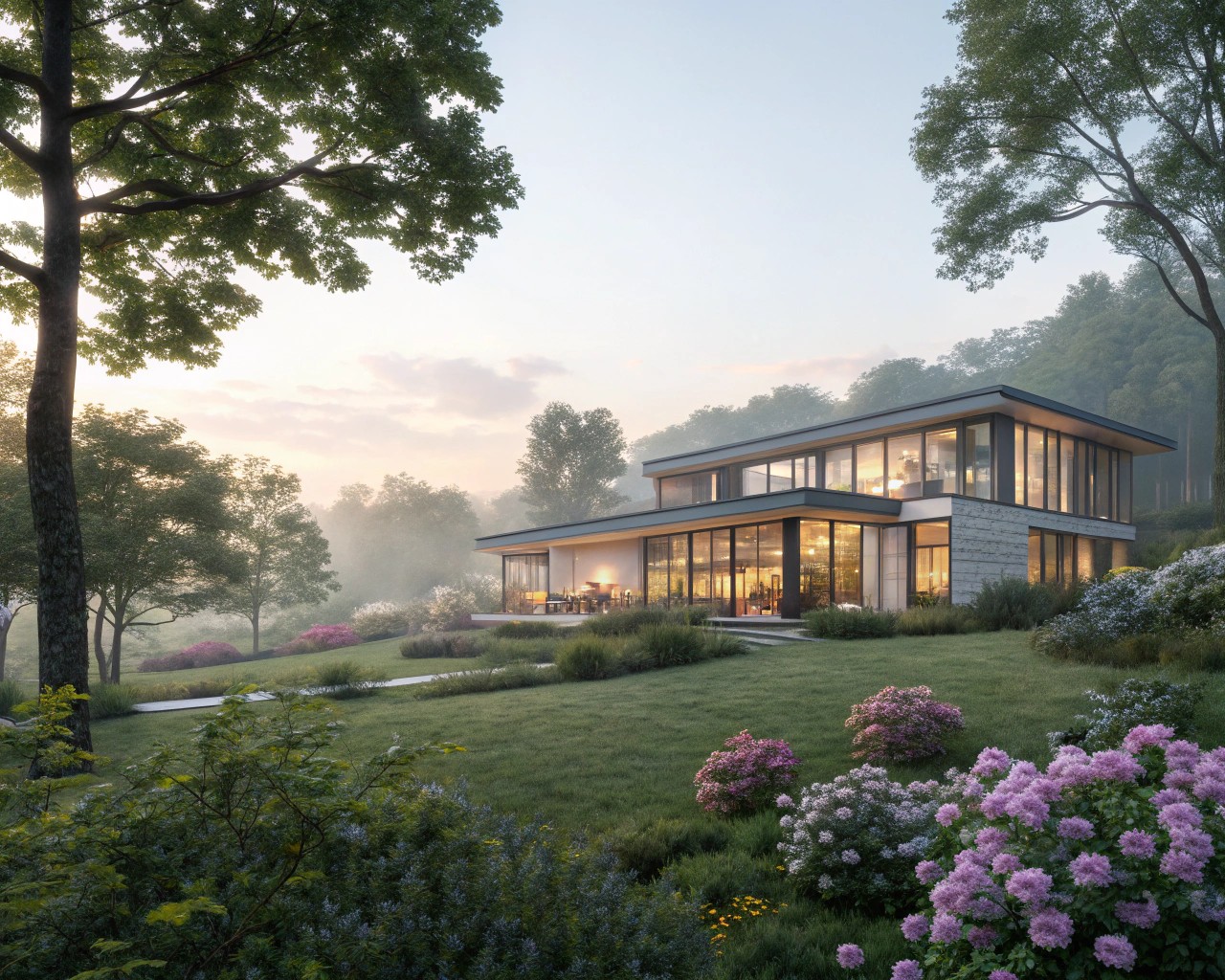
The Sunrise House in Danang perfectly exemplifies morning-oriented design. Situated in the curve of Danang Bay, its location provides unobstructed views of the dawn over Danang beach. The architects lifted the garden and living space to maximize the ocean view and designed with alternating voids and plants to ensure light and sea breeze reached every corner of the house.
The architects emphasized an open design concept, incorporating ample greenery and maximizing the use of natural light from outdoors. The result is a home where residents experience the energizing effects of sunrise throughout the interior spaces.
Interior Elements That Energize
Color Psychology for Morning Spaces
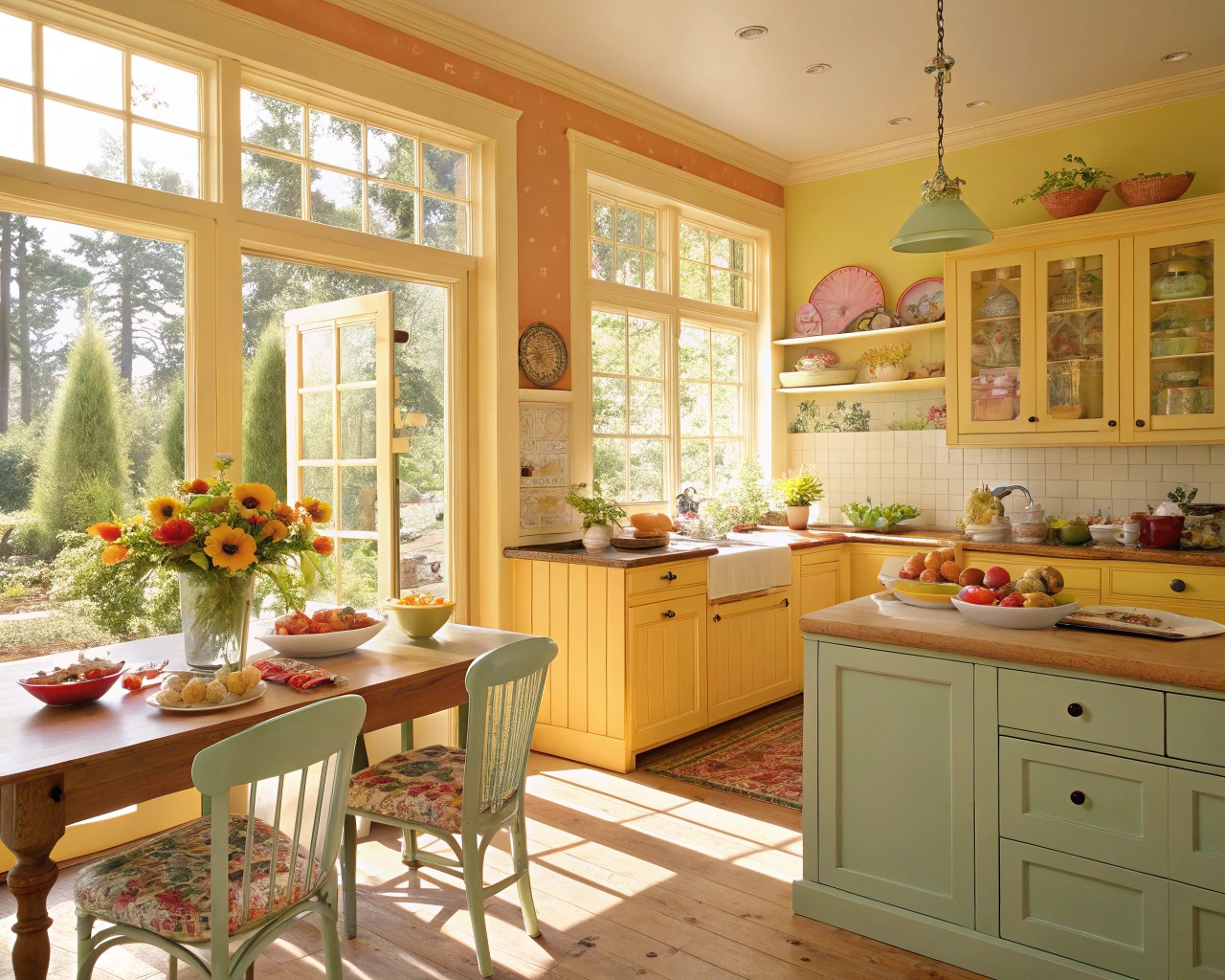
The colors you choose significantly impact energy levels and mood—especially during those critical morning hours. You’ll want to consider:
Color experts suggest that while warm, vibrant shades like yellows and oranges are excellent wake-up colors, certain shades of blue can also be surprisingly effective for morning energy. In my practice, I’ve found that strategic color placement often works better than all-encompassing color schemes.
Wake-Up Color Palette Recommendations:
- Sunshine Yellow: “Yellow is reminiscent of the sun and radiates warmth and positivity—perfect for a bedroom,” explains Daniela Araya
- Energizing Blue: Contrary to its calming reputation, certain blue tones can be invigorating
- Fresh Green: Connects to nature and promotes vitality
- Bright White: Maximizes light reflection and creates a sense of spaciousness
- Coral or Peach: Warm without being overwhelming
For clients hesitant about bold colors, I often recommend using these energizing tones as accents in morning-focused spaces while keeping the overall palette neutral.
Materials and Textures That Stimulate
The tactile experience of a space significantly affects how energized we feel within it. Natural materials not only connect us to the outside world but provide varied sensory input that helps maintain alertness.
Interior experts suggest incorporating wood furniture—even small pieces like a table or cabinet—not only for its aesthetic appeal but also for its positive impact on mood.
Creating Dedicated Morning Spaces
The Modern Morning Room
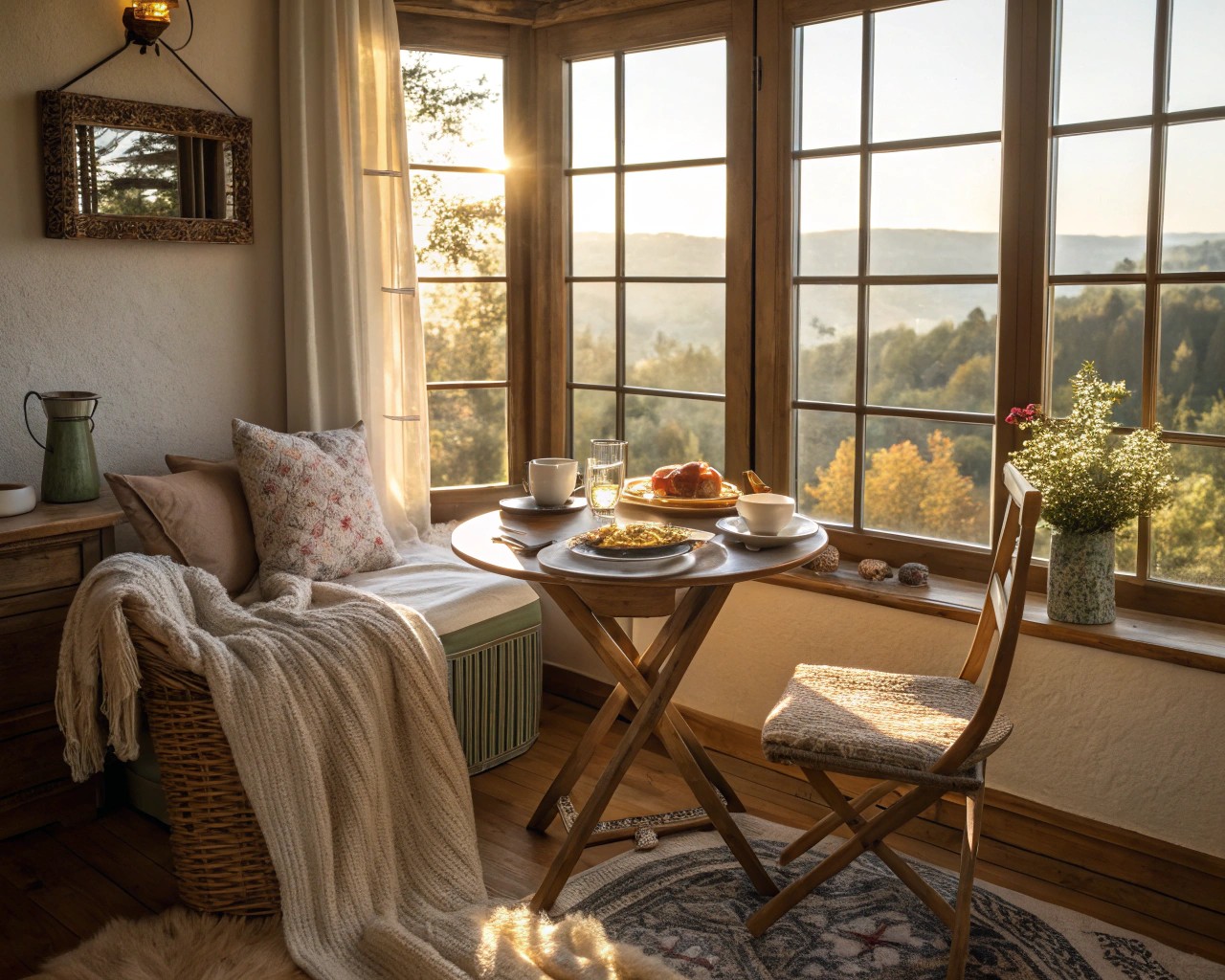
In today’s home design, we’re seeing a resurgence of the traditional “morning room” concept. Design experts note that in our fast-paced lives, such a space offers a valuable haven of tranquility, providing the perfect spot to begin the day positively and recharge before daily demands commence.
Elements of an effective morning room include:
- Abundant natural light from east-facing windows
- Comfortable seating that supports active posture rather than lounging
- Minimal visual clutter to prevent mental distraction
- Connection to outdoor views or nature elements
- Proximity to morning necessities (coffee station, breakfast area, etc.)
I designed a morning room for a client in Colorado that transformed their daily routine. By converting an underused formal dining room with eastern exposure into a multi-purpose morning space with a small breakfast table, comfortable reading chair, and yoga area, they found themselves naturally waking earlier and starting their day with intention rather than rushing.
The Energy-Efficient Kitchen
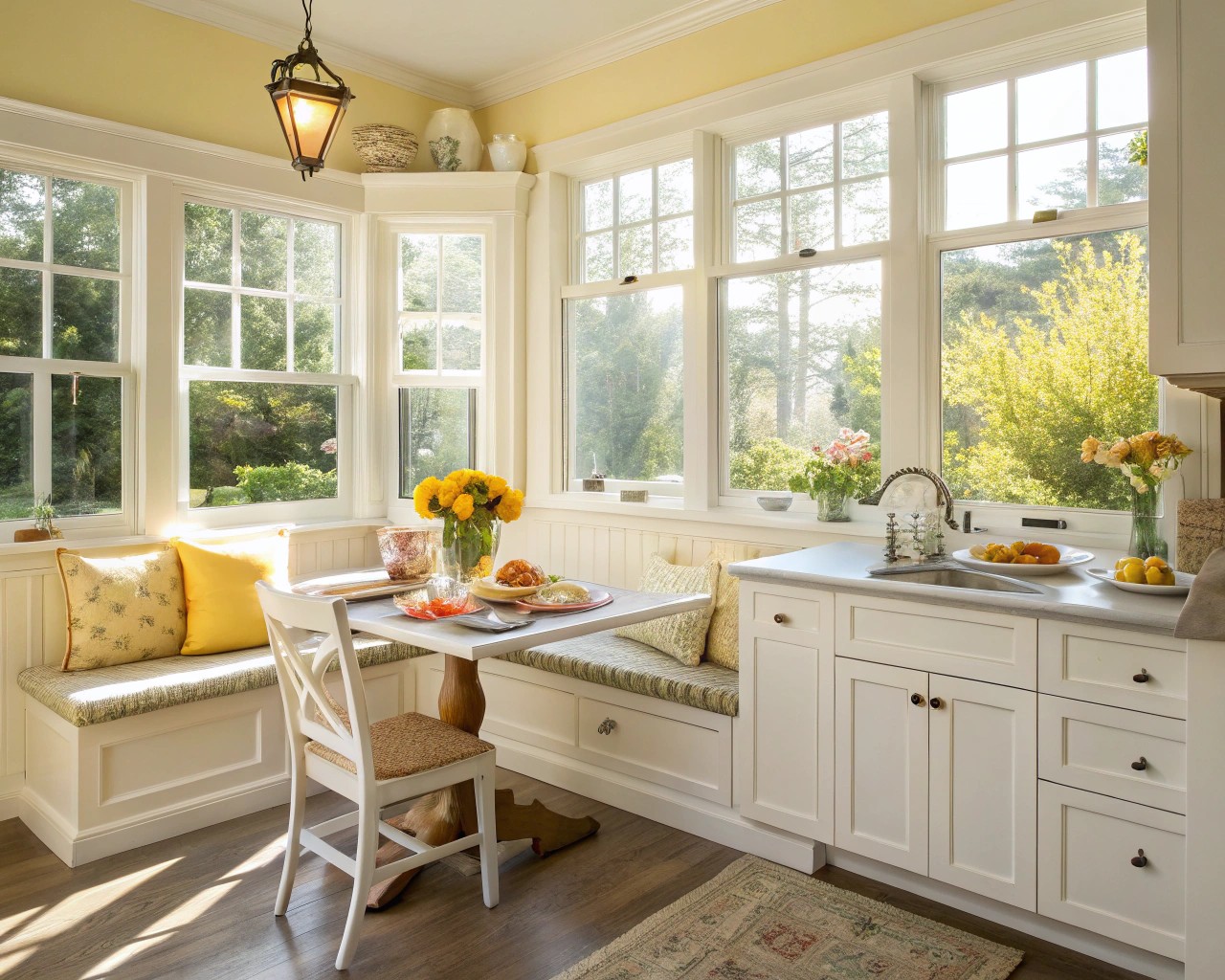
The kitchen often serves as command central during morning hours. Designing this space for energy efficiency—both environmental and personal—creates a powerful morning hub.
This arrangement allows family members to enjoy morning light during breakfast while providing functional workspace that transitions logically through the morning routine.
Outdoor Spaces That Energize
The connection between indoor and outdoor spaces is crucial for morning energy. Sources indicate that landscaping significantly impacts energy flow, for example, by using deciduous vegetation on the north side for seasonal sun control, and employing fences or plantings to channel desirable breezes while blocking harsh winds.
Morning-Focused Landscape Design
When I’m designing outdoor spaces for morning use, I prioritize these elements:
- Eastern exposure breakfast or coffee patios
- Morning-blooming flowers that add sensory stimulation
- Water features with active rather than passive movement
- Pathways that encourage morning movement
- Strategic shade for hot climates that still permits morning sun
One of my favorite projects involved creating a series of “morning moments” throughout a garden—small destinations that encouraged the clients to move through the space during morning hours, from a sunrise-facing meditation bench to an herb garden positioned to release aromatic oils as morning dew evaporated.
Balancing Morning Energy with Evening Function
While this guide focuses on morning energy, most homes still need to function throughout the day. The challenge becomes creating spaces that energize in the morning without overstimulating in the evening.
The Dual-Purpose Home: Lessons from The Sunrise-Sunset House
The Sunrise-Sunset House in Portola Valley offers valuable insights into balancing different energy needs. Its design features a strong east-west axis, orienting the main living space towards the west/northwest views, while the master bedroom faces the eastern view.
This approach allows different spaces to excel at different times of day. You can apply this concept by:
- Zoning your home for time-of-day activities
- Using adjustable lighting systems that shift color temperature throughout the day
- Incorporating adaptable furnishings that serve multiple purposes
- Installing window treatments that can modify light exposure
- Creating transitional spaces between high-energy and relaxation areas
Implementation Strategies: From Concept to Reality
For New Construction
If you’re building from scratch, the opportunities for creating a true Sunrise Home are extensive:
- Work with an architect who understands passive solar design principles
- Orient the home to maximize eastern exposure in morning-use spaces
- Consider the seasonal path of the sun in your specific location
- Design the floor plan to naturally guide morning movement
- Incorporate indoor-outdoor connections in morning spaces
For Renovations
Most of us work with existing homes. Here are practical strategies to shift your home’s energy toward morning vitality:
- Relocate living areas to the northern side of the home
- Increase glazing on north-facing living areas to maximize natural light
- Adjust your floor plan to better capture winter sun and promote summer breeze circulation by strategically adding new windows, modifying openings, or even relocating rooms.
- Prune vegetation that blocks winter sun or plant deciduous trees that allow winter light but provide summer shade
- Repurpose rooms based on their natural light patterns rather than traditional designations
Case Study: The Energy-Conscious Family Transformation
Maria’s story from the energy case studies provides valuable insights. As a working mother with a college-aged child at home, she transformed her energy usage by becoming more conscious of her home’s systems. Using an in-home display helped her understand appliance energy consumption, identifying, for instance, which of her electric heaters used more power, leading her to use the less intense one more often.
This awareness-based approach can be applied to morning energy design as well. By understanding which spaces naturally receive morning light and which activities require the most energy, you can align your home’s layout with your family’s optimal functioning.
